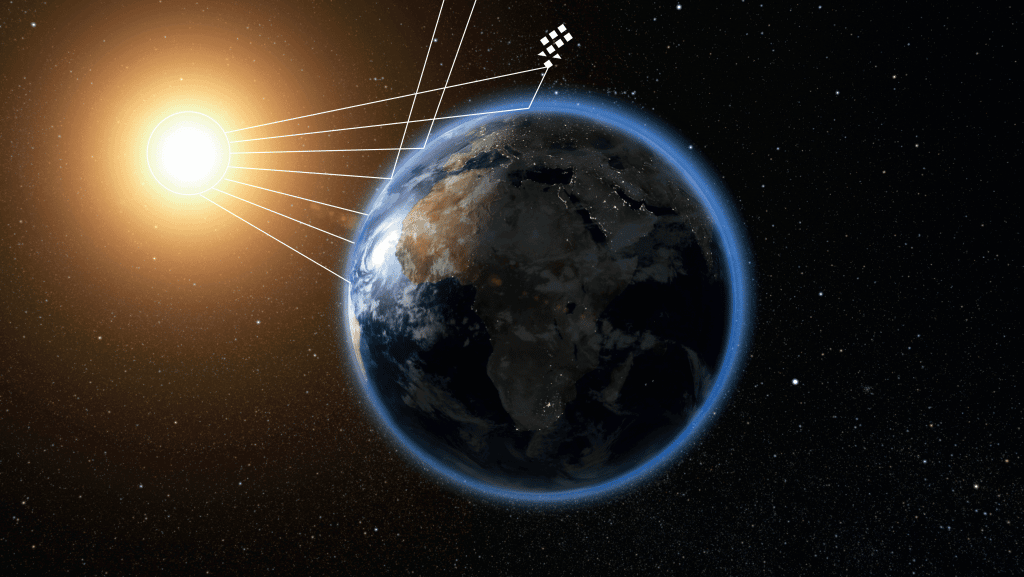The light - what is it
and how can we measure with it
We believe that everything can be measured with light. What is the light, how does it work, and how can we “measure with light”?
The light
First of all, light is a physical phenomenon that has a dual nature. On the one hand, it is a stream of photons (the smallest energy carriers) that move in a specific direction, while on the other hand, it is a wave. For this reason, the nature of light is described as wave-particle duality, which gives the light a unique range of parameters.

Light parameters
We deal with light in practically every aspect of our lives. Natural and artificial light follows us all the time and comes in multiple spectra: e.g. ultraviolet, microwave, and X-ray, and can be found everywhere. The most common parameters of light are luminous flux, luminous intensity, and luminance.
However, when looking at light scientifically, the most important parameters for classifying types of light are the wavelength [nm] emitted by the source, the frequency [Hz], and the irradiance [W/m2] which is the radiant flux per unit area.
Electromagnetic spectrum
Electromagnetic radiation by wavelength can be divided into:
- UV < 350 nm
- Near UV 350 – 400 nm
- VIS 400 – 780 nm
- Near Infrared 780 – 1100 nm
- Infrared > 1100 nm
- Microwaves 1 mm – 30 cm
- Radio waves > 30 cm
There are 4 types of infrared radiation: NIR (Near Infrared), SWIR (Short-Wave InfraRed), MWIR (Mid-Wave InfraRed), and LWIR (Long-Wave InfraRed).

Earth Observations
How do we measure with light in space? First of all, it is important to make a difference between Space Observations (stars, planets, meteoroids, etc.) and Earth Observations. For Earth Observations (EO), the mechanics of the measurement includes 3 steps:
- the radiation emitted by the Sun reaches objects that are on the Earth’s surface (oceans, forests, buildings, etc.);
- when a ray of light meets an object, some of it is absorbed by the object, and some is reflected;
- an observation satellite with a telescope equipped with a highly sensitive detector catches the light reflected from objects on Earth and records it.
Detectors of what type of radiation do we use for measurements in space? The most commonly recorded wavelengths are the visible VIS, infrared, NIR and SWIR spectrums. Photons of these types of radiation are either reflected or absorbed by objects on Earth, which allows achieving strong contrast necessary for high-resolution imaging. VIS is primarily used to identify an object, its shape, and its dimensions. However, infrared radiation gives other possibilities. For example, it can be used to obtain the vegetation index NDVI which is calculated on the basis of NIR and VIS and allows to classify the areas as built-up area, uncovered land, water, snow, area with existing vegetation, even with knowing the type of vegetation.

